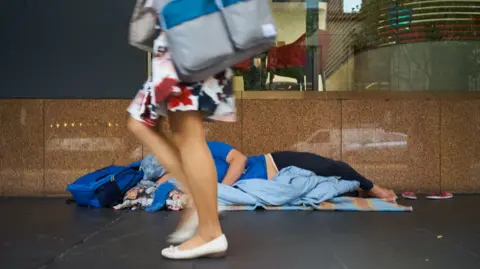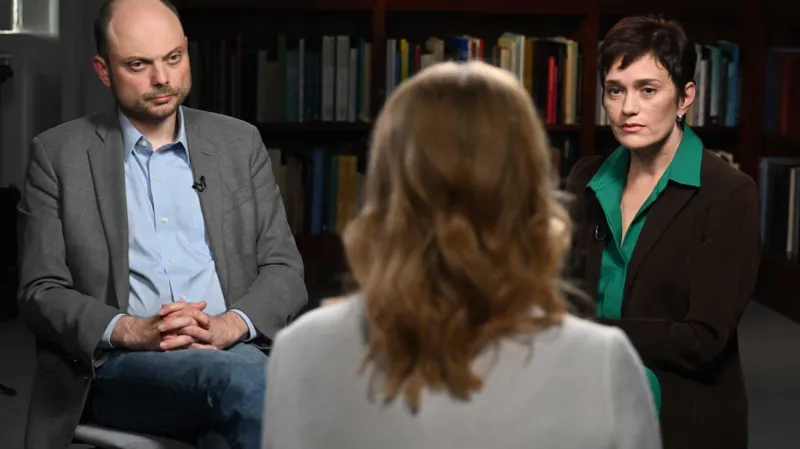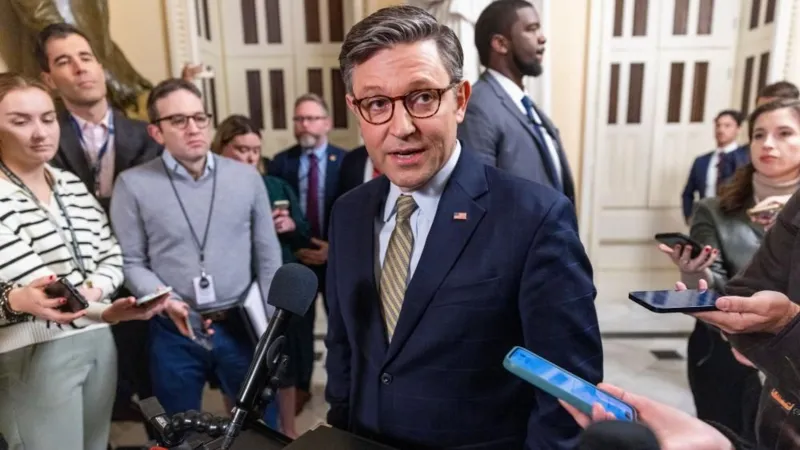BBC News
Buying or renting a home has become unaffordable for the average Australian, driven by a perfect storm of astronomical house prices, relentless rental increases and a lack of social housing.
With less than a month until the federal election, housing remains among the top issues for voters, and the country’s two major parties – the Labor Party and the Liberal-National Coalition – have both pledged to tackle the crisis in a range of ways.
Australians are already struggling under cost-of-living pressures and bracing for the effects of Donald Trump’s global tariff war. And it remains to be seen whether either party will sway voters with their promise of restoring the Australian dream.
Why are house prices in Australia so high?
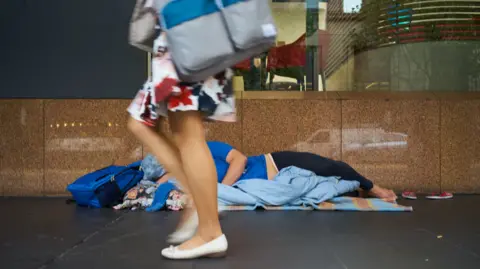 Getty Images
Getty ImagesSimply put, Australia has not been building enough homes to meet the demands of its rapidly growing population, creating a scarcity that makes any available home more expensive to buy or rent.
Compounding the issue are Australia’s restrictive planning laws, which prevent homes being built where most people want to live, such as in major cities.
Red tape means that popular metropolitan areas like Melbourne and Sydney are far less dense than comparably sized cities around the world.
The steady decline of public housing and ballooning waitlists have made matters worse, tipping people into homelessness or overcrowded living conditions.
Climate change has also made many areas increasingly unliveable, with natural disasters such as bushfires and severe storms destroying large swathes of properties.
Meanwhile, decades of government policies have commercialised property ownership. So the ideal of owning a home, once seen as a right in Australia, has turned into an investment opportunity.
How much do I need to buy or rent a home in Australia?
In short: it depends where you live.
Sydney is currently the second least affordable city in the world to buy a property, according to a 2023 Demographia International Housing Affordability survey.
The latest data from property analytics company CoreLogic shows the average Sydney home costs almost A$1.2m (£570,294, $742,026).
Across the nation’s capital cities, the combined average house price sits at just over A$900,000.
House prices in Australia overall have also jumped 39.1% in the last five years – and wages have failed to keep up.
It now takes the average prospective homeowner around 10 years to save the 20% deposit usually required to buy an average home, according to a 2024 State of the Housing System report.
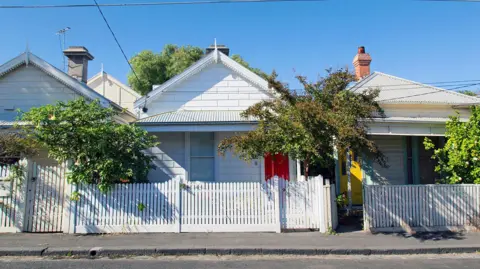 Getty Images
Getty ImagesThe rental market has provided little relief, with rents increasing by 36.1% nationally since the onset of Covid – an equivalent rise of A$171 per week.
Sydney topped the charts with a median weekly rent of A$773, according to CoreLogic’s latest rental review. Perth came in second with average rents at A$695 per week, followed by Canberra at A$667 per week.
Are immigration and foreign buyers causing housing strain?
Immigration and foreign property purchases are often cited as causes for Australia’s housing crisis. But experts say that they are not significant contributors statistically.
Many people who move to Australia are temporary migrants, such as international students who live in dedicated student accommodation rather than entering the housing market, according to Michael Fotheringham, head of the Australian Housing and Urban Research Institute.
“The impact [of migrants] on the housing market is not as profound as some commentators have suggested,” Mr Fotheringham tells the BBC.
Foreign purchases of homes, meanwhile, is “a very small issue” with not much meaningful impact on housing strain, says Brendan Coates, from the Grattan Institute public policy think tank.
The latest data released by the Australian Taxation Office supports this, with homes purchased by foreign buyers in 2022-23 representing less than one percent of all sales.
“It’s already very difficult for foreigners to purchase homes under existing foreign investment rules. They are subject to a wide range of taxes, particularly in some states,” Mr Coates explains.
What have Australia’s major parties promised?
Labor and the Coalition have both promised to invest in building more homes – with Labor offering 1.2 million by 2029, and the Coalition vowing to unlock 500,000.
Labor announced a A$33bn housing investment plan in their latest budget, which pledges to help first-time homebuyers purchase properties with smaller deposits through shared-equity loans.
They have also promised to create more social housing and subsidies to help low-to-moderate-income earners own and rent more affordably.
Central to the Coalition’s housing affordability policy is cutting migration, reducing the number of international students and implementing a two-year ban on foreign investment in existing properties.
Additionally, they have promised a A$5bn boost to infrastructure to support local councils by paying for water, power and sewerage at housing development sites.
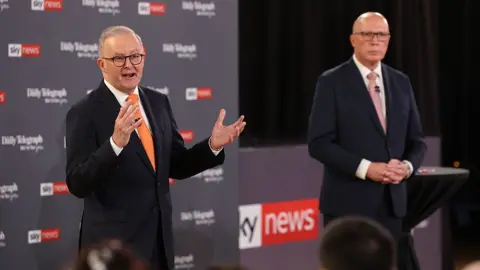 Getty Images
Getty ImagesThe Greens’ policies, meanwhile, have focused on alleviating pressures on renters by calling for national rent freezes and caps.
They have also said that in the event of a minority government, they will be pushing to reform tax incentives for investors.
What are the experts saying about each party’s policies?
In short, experts say that while both Labor and the Coalition’s policies are steps in the right direction, neither are sufficient to solve the housing problem.
“A combination of both parties’ platforms would be better than what we’re seeing from either side individually,” Mr Coates tells the BBC.
A 2025 State of the Land report by the Urban Development Institute of Australia says the federal government will fail to meet its target of 1.2 million new homes by 2029 – falling short by almost 400,000.
The Coalition’s focus on reducing immigration, meanwhile, will only make housing marginally cheaper while making Australia poorer in the long-term, according to Mr Coates.
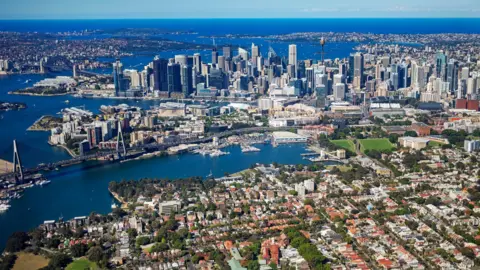 Getty Images
Getty ImagesThe cuts to migration will mean fewer skilled migrants, he explains, and the loss of revenue from those migrants will result in higher taxes for Australians.
Decades of underinvestment in social housing also means demand in that area is massively outstripping supply – which at 4% of housing stock is significantly lower than many other countries, according to Mr Fotheringham.
There’s also concern about grants for first homebuyers, which drive prices up further.
While commending the fact that these issues are finally being treated seriously, Mr Fotheringham believes it will take years to drag Australia out of a housing crisis that has been building for decades.
“We’ve been sleepwalking into this as a nation for quite some time,” he says. “[Now] the nation is paying attention, the political class is paying attention.”
Additional reporting and video by Kellie Highet in Sydney
